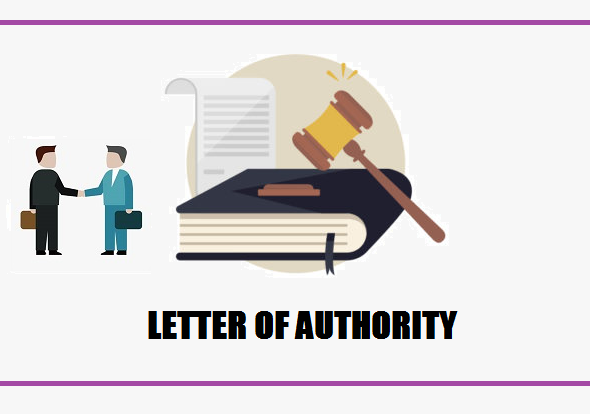Everything you need to know about difference between Section 9(3) and 9(4)
The key difference between Section 9(3) and Section 9(4) of the Central Goods and Services Tax (CGST) Act, 2017
In the context of GST, Reverse Charge Mechanism (RCM) is indeed a key concept. It shifts the liability to pay tax from the supplier to the recipient of goods or services, under specific conditions.
Here is the differentiation between the sections 9(3) & 9(4):
| Aspect | Section 9(3) | Section 9(4) |
|---|---|---|
| Application | Specific categories of supply of goods or services or both | Specific class of registered persons receiving goods/services from unregistered suppliers |
| Notification | Government notifies specific categories of supplies on the recommendation of the Council | Government notifies specific classes of registered persons on the recommendation of the Council |
| Supplier’s Registration Status | Can be either registered or unregistered | Applies only when the supplier is unregistered |
| Recipient’s Status | Any recipient of notified supplies | Specific class of registered persons |
| Liability for Payment of Tax | The recipient is liable to pay GST under reverse charge | The recipient is liable to pay GST under reverse charge |
| Goods/Services Involved | Applies to notified categories of supplies | Applies to specified categories of unregistered suppliers |
| Objective | To ensure tax is collected on certain notified supplies regardless of supplier status | To ensure tax is collected when registered persons buy from unregistered suppliers |
List of Goods & Services falling under RCM u/s 9(3):
List





Comments